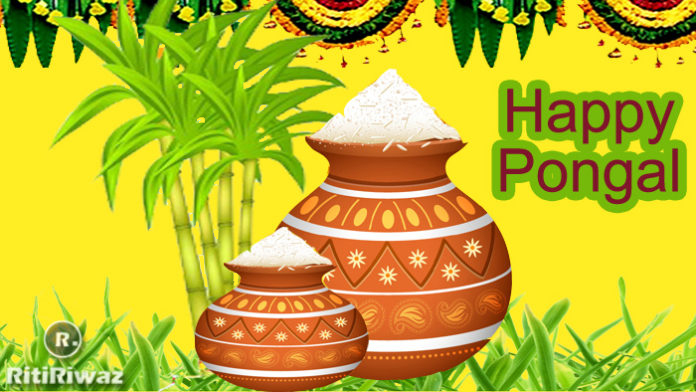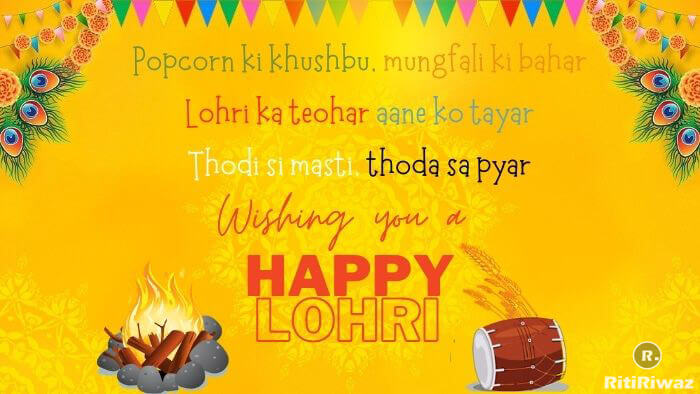Dogri Language | Dogri History and Facts
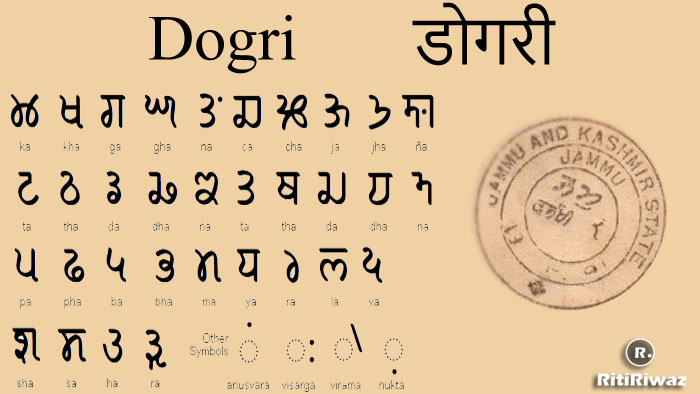
Dogri (डोगरी) is the language of the Dogras and is spoken in the region which includes parts of three States, Jammu and Kashmir, Himachal Pradesh, and undivided Punjab.
The whole of Jammu Province south of Pir Panjal, some parts of Himachal Pradesh, viz. Kangra, Chamba, Kullu, Mandi, Suket, some parts of Punjab viz. Gurdaspur, Pathankot, Nurpur, Hoshiarpur, and some parts of Pakistan, viz. Shakargarh tehsil of Sialkot comprises the area speak Dogri language. Dogri is tonal, a trait it shares with other Western Pahari languages and Punjabi.
History
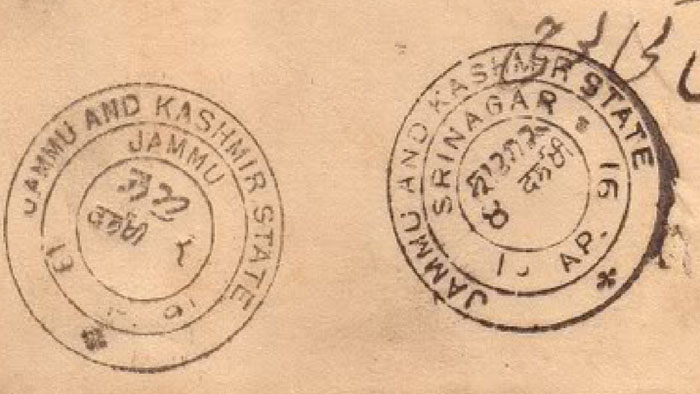
The text in Dogra Akkhar reads: “Jamu (Jammu) Vaisakh” written on left one “Srinagar 4 Vaisakh” written on right one.
Dogri can be ranked as the second most spoken language in Jammu and Kashmir. It can be traced back to its roots of the Indo-Aryan group of Indo-European language families. The Greek astrologer Pulomi, accompanying Alexander in his 323 B.C. campaign into the Indian subcontinent, referred to some inhabitants of Duggar as “a brave Dogra family living in the mountain ranges of Shivalik.“
Indo-Aryan language ultimately comes from Vedas and Sanskrit and was first mentioned in Amir Khusro’s list of Indian languages. Amir Khusro, the famous poet of Hindi and Persian, referred to Duger (Dogri) while describing the languages and dialects of India as follows: “Sindhi-o-Lahori-o-Kashmiri-o-Duger.” The language contains words from Persian, Arabic, and English languages, and its few inscriptions were found in the 13th century.
‘Dogra Akkhar’ or ‘Akkhar’ is the official script of Dogri language during the reign of Ranbir Singh (1857–85 CE). The people from the Jammu region are known as Dogras means those who speak Dogri language. Before 1947, the Dogra region, where Dogri and its sister dialects like Kangri were spoken, covered the entire sub mountainous area.
The area spread between the Kashmir Valley in the north and Punjab in the south, river Sutlej in the east and Manawar Tawi in the west, with spillover to the plains spread over parts of the district of Sialkot, Gurdaspur, and Hoshiarpur of pre-partition Punjab. Partition of India and the formation of Pakistan took away the area falling in the Sialkot district.
On 2nd August 1969, the General Council of the Sahitya Academy, Delhi recognized Dogri as an “independent modern literary language” of India, based on the unanimous recommendation of a panel of linguists. (Indian Express, New Delhi, 3rd August 1969).
Dogri is one of the state languages of the Indian state of Jammu and Kashmir. On 22 December 2003, in a major milestone for the official status of the language, Dogri was recognized as a national language of India in the Indian constitution. In Pakistan, the language (under the name “Pahari”) continues to thrive but is not known to have received official patronage to date. The Alami Pahari Adabi Sangat (Global Pahari Cultural Association) is a Pakistani organization dedicated to the advancement and progress of the language.
Dogri Language features
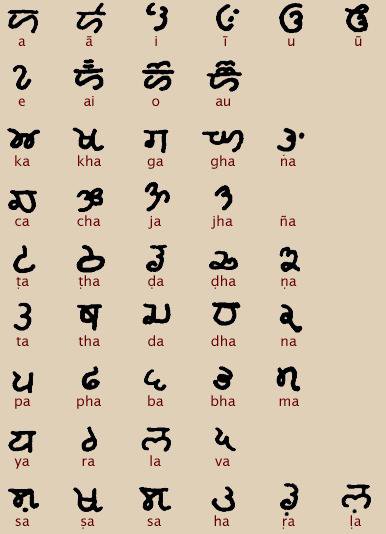
Dogri was originally written using Takri script which is an abugida writing system of the Brahmic family of scripts. It is also related to the Gurmukhī script used to write Punjabi. Until the late 1940s, Takri was the official script for writing the Dogri language in the state of Jammu and Kashmir.
The salient linguistic features of Dogri language are:
(1) Besides ten vowel phonemes and twenty-eight consonant distinctions five suprasegmental phonemes (Length, Stress, Nasalization, Tone, and Juncture), phonetically ‘ï’, ‘b’, and ‘r’ based language; initial ‘j’ and ‘ù’ sounds of other languages are pronounced ‘ï’ and ‘b’ respectively.
(2) Apart from the retention of OIA ‘r’ the insertion of ‘r’ is also one of its peculiarities (foyki /vlap/ >cjyki /b\r\lap/ “lamentation” etc.).
(3) ‘\’ followed by the nasal sound of OIA becomes ‘«’ (df.Bdk/k\øÿúka/ >dSaBh /k«øÿúi/ “Necklace” etc.).
(4) full series of five nasal phonemes ( ÷, µ , ø ,n and m ), barring retroflex nasal, four nasal occur initially also.
(5) Three-tone phonemes (level, high-falling, and low-rising).
(6) Five voiced aspirated stops (ýh ïh, ëh, DH, and bh) and voiced aspirated retroflex flapped consonant (rh+) are absent from the phonemic structure of Dogri.
(7) Passive and impersonal voices are prominent ( fy[ksvk /lkúea/ “wrote” >y[kksvk / l\kúoa/ “got written”) etc.
Dogri falls into the category of western Pahari languages not to confused with Pahari-Potwari although it does form a dialect continuum with them. Western Pahari languages encompass many languages of Himachal Pradesh along with Dogri. Many of the speakers of closely related dialects of Dogri prefer to call themselves Pahari in Himachal thus essentially restricting Dogra identity to Jammu plains.
Dogri is a tonal language like its southern cousin i.e Punjabi which means it uses pitch to distinguish lexical or grammatical meanings. Dogri for long was considered a dialect of Punjabi but because Dogras possess a separate sense of identity & Dogri has a separate literary history it is now considered a language in its own right.
Dogri along with Kashmiri are the only two languages from J&K that have a considerable literary corpus. This doesn’t refer to folk songs or folk tales that all languages in J&K have but to modern literature ranging from progressive literature as well as novels, non-fiction, etc.
Dogra progressive literature was a contemporary of Kashmiri progressive literature in the 20th century & both despite writing in very different languages had mutual respect for each other. Dogri was recognized as a scheduled official language of India in 2003 thus making it one of two languages from J&K along with Kashmiri to have official status. It is written in the Devanagari script (same as Hindi, Marathi, Nepali, etc). Earlier it was written with Takri script which was also used in many parts of Himachal Pradesh.
Some interesting facts about Dogri language
-
In Dogra, the v (व ) and y (य) sound change into b(ब) and j(ज). For example, Vijaypur becomes Bijapur and Yogi becomes Jogi.
-
In chh (छ) sound is usually pronounced as sh (श). For example, Chhatri becomes Shattri and Chhanni becomes Shanni.
-
Voiced aspirates of Hindi -gh, Jh, Dh, Bh, ae changed to unvoiced mutes with tones. for example, ghabraahat ( घबराहट) becomes kabraa’t (कबराट), Jharkhand ( झारखंड) is spoken as Charkhand (चारखण्ड), Dhai ( ढाई) is said as Taa’i (टाई) and Bhaarat (भारत) becomes Paarat (पारत).
-
One word can be said with different tones with different meanings. For example La (ला) – To stick | to take down | to shake, Kodaa (कोडा) – Hunter | Horse| Bitter, Ko’l (कोल) – Fight | Near | A vessel, Das (दस) – Ten | to tell | A reference, Chol (चोल) – Rice | to wave a fan | Embarrassment.
-
An additional vowel i is used in the past verbal forms like turi geya (has gone), suni leya (had heard).
-
The conjugation of the auxiliary verb in accordance with the gender of the subject, unlike Punjabi, remains unchanged. For example in Punjabi Raja ge da si | The king had gone, Rani ge di si | The queen had gone, In Dogri is Raja ge da ha | The king had gone, Rani ge di hi | The queen had gone.
-
Every beloved object or person is suffixed with a u (उ) for example, Kurtu (Child shirt), Chachu (uncle), Shillu (lamb), Kuttu (little puppy).
-
Dogri has a tendency to drop the initial vowel of Sanskrit and Hindi words which are not monosyllabic. For example, Ananda, Anartha, and Akaala from Sanskrit become Nanda, Nartha, Kaala in Dogri.
-
The sound y occurring between two sounds disappear. For example, Himalaya, Shivalaya, Nishchay from Sanskrit becomes Himala, Shivala, Nishcha in Dogri.
-
The sound ksa (क्ष) is changed to kha (ख) as in Punjabi and sometimes ro chha (छ) as in Kashmiri. For example, Kshatriya (क्षत्रिय) – Khatri (खतरी ), Laxmi (लक्ष्मी) – Lakhmi (लखख्मी)
Phonological features
-
Initial V changes to B. (Example: vistara becomes bastara).
-
Similarly, initial Y changes to J. (Example: Yogi becomes Jogi).
-
Voiced aspirates of Hindi-GH, JH, DH, BH, changed to unvoiced and voiced mutes with tones.
-
S, however, turns into KH. (Example: Varsa becomes barakha ).
-
It tends to drop the initial vowel of Sanskrit. (Example: Ananda becomes Nanda).
-
Y & V in the middle of a word is changed to I & U. Hence, Nayana becomes nain, and Bhavana becomes Bhauna.
-
Vowel length and consonant length are phonemic.





